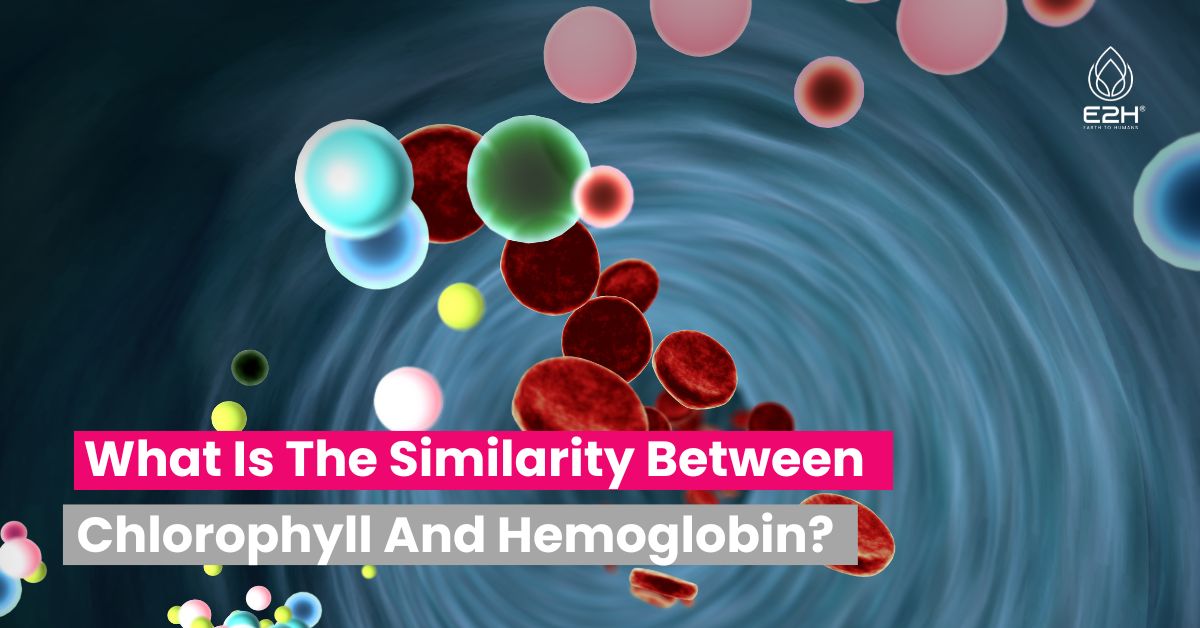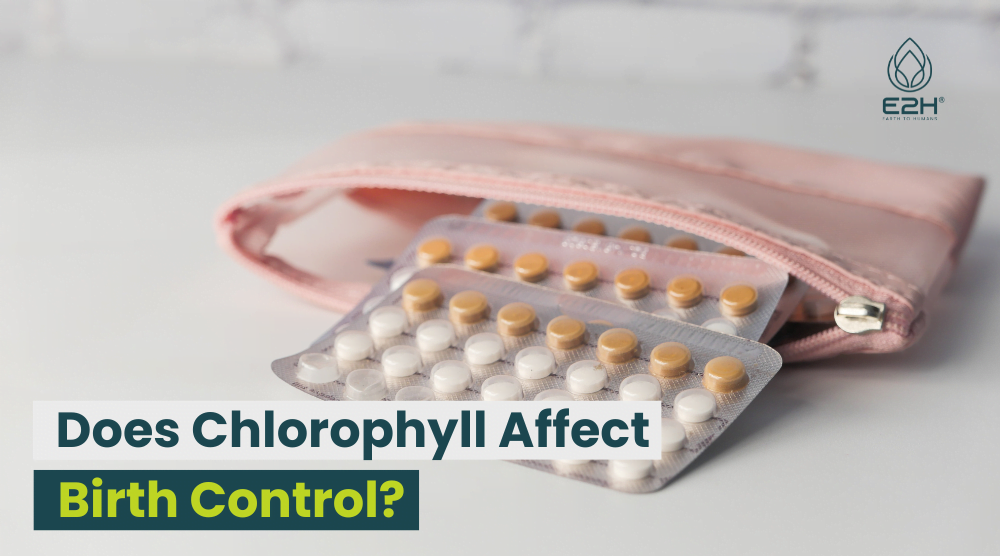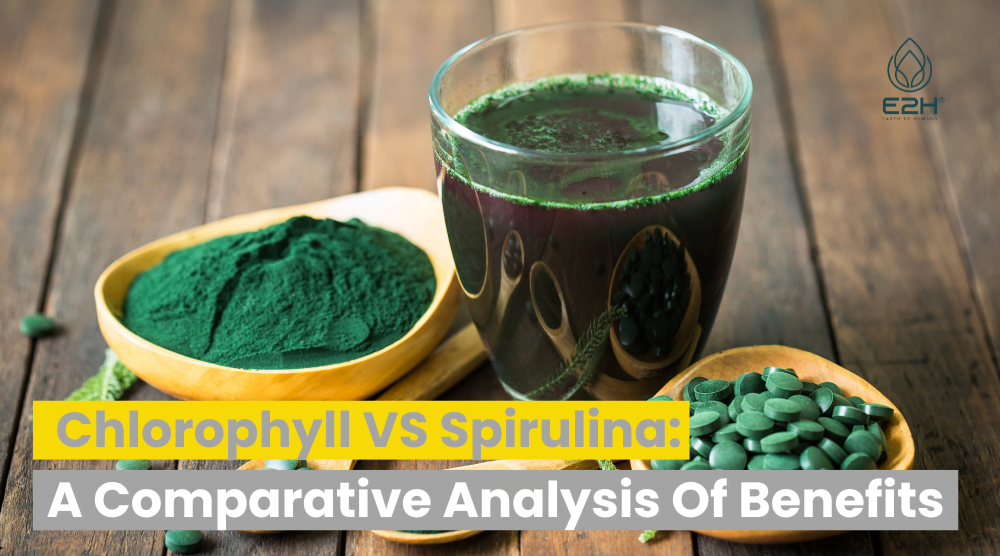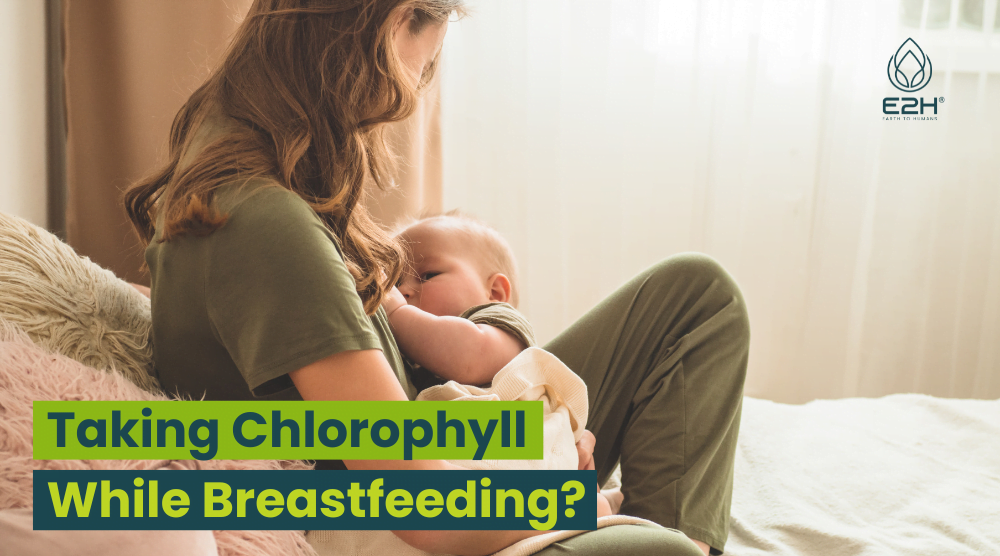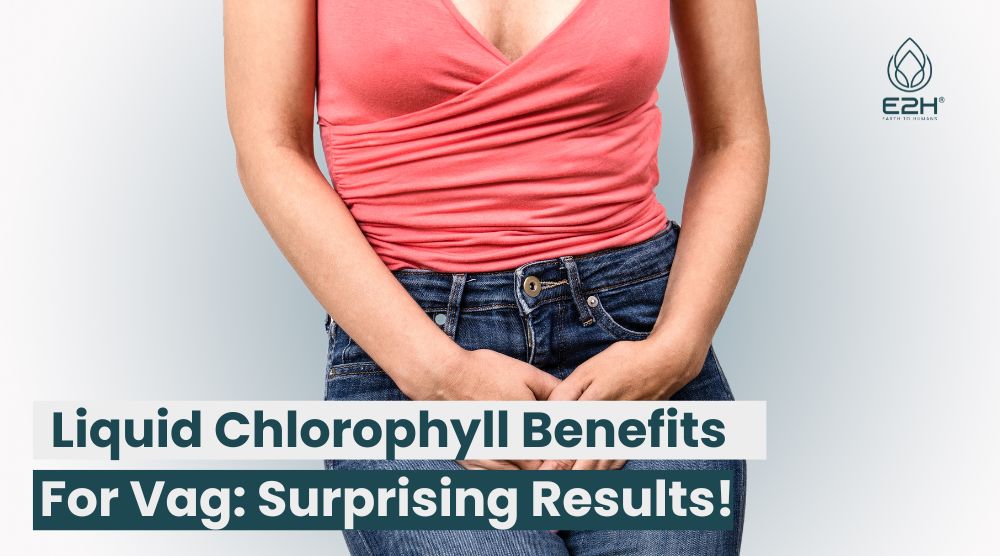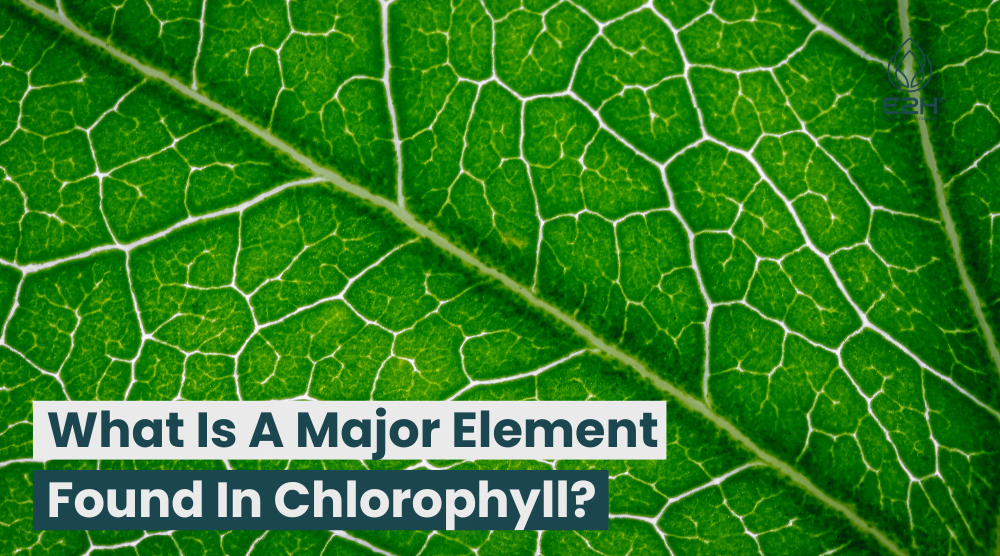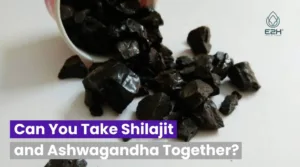Similarity Between Chlorophyll And Hemoglobin: Chlorophyll and hemoglobin are similar in that they are both pigments and contain iron atom and a metal ion at their core – magnesium in chlorophyll and an iron atom in hemoglobin.
This central metal atom or ion is essential for important pigments in their function of capturing light energy in chlorophyll and binding and transporting hydrogen and oxygen in hemoglobin.
How are chlorophyll and hemoglobin similar to each other?
Similarity Between Chlorophyll And Hemoglobin: Chlorophyll and hemoglobin are two pigments that are found in vastly different organisms, mostly animals and plant,, but they share some important similarities. The most notable similarity between these two pigments is their ability to bind to metal ions, which allows them to perform their primary functions.

Chlorophyll contains hydrogen and a magnesium ion at its core, which is critical for its ability to absorb light during photosynthesis. Hemoglobin, on the other hand, contains hydrogen, carbon atoms and an iron ion, which is essential for its ability to bind to oxygen molecules and transport them throughout the body perform photosynthesis.
Another important similarity between the pigment chlorophyll and respiratory pigment hemoglobin is their structure. Both pigments are composed of a series of interconnected rings, which gives them their characteristic shapes. This structural similarity two important pigments allows them to interact with other molecules in similar ways, even though their functions are quite different.
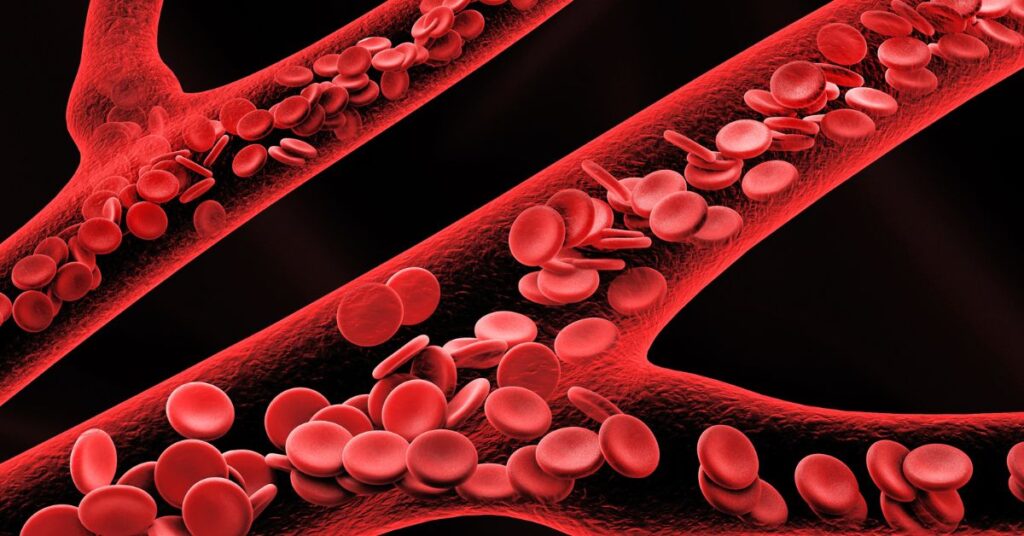
Finally, both chlorophyll and hemoglobin are involved in energy transfer processes. Chlorophyll captures energy from sunlight and converts it into chemical energy, which is then used to power cellular processes. Hemoglobin, meanwhile, transports oxygen molecules from the lungs to the rest of the body, where they are used to produce energy through cellular respiration.
Differences between chlorophyll and hemoglobin
While chlorophyll and hemoglobin share some similarities, there are also several key differences between the two pigments.
- Firstly, chlorophyll is found in plants, algae, and some bacteria, while hemoglobin is found exclusively in vertebrates.
- Secondly, the primary function of chlorophyll is to capture energy from sunlight during photosynthesis, while hemoglobin’s primary function is to transport oxygen from the lungs to the rest of the animal life or plant life body.
- Finally, the metal ion at the core of chlorophyll is magnesium, while the metal ion at the core of hemoglobin is iron.
These differences highlight the diversity of functions and structures that exist in the natural world, and how even seemingly similar pigments can have vastly different roles depending on the plant life, or animal life or organism in which they are found.
Structure and Function of Chlorophyll and Hemoglobin
Before we dive into the similarities between chlorophyll and hemoglobin, let’s first understand key difference between their structure and function.
Chlorophyll:
Chlorophyll is a green pigment that is found in the chloroplasts of plant cells. It is responsible for capturing light energy from the sun and converting it into chemical energy through the process of photosynthesis. The structure of chlorophyll consists of a porphyrin ring, which is a cyclic organic molecule that contains four nitrogen atoms, and a magnesium ion at its core. The porphyrin ring is responsible for capturing light energy, while the magnesium ion helps to stabilize the molecule.
Hemoglobin:
Hemoglobin is a protein-based pigment that is found in red blood cells. Its primary function is to transport oxygen from the lungs to the rest of the body. The structure of hemoglobin consists of four protein chains, each of which contains a heme group. The heme group is a complex organic molecule that contains an iron ion at its core. The iron ion is responsible for binding to oxygen and carrying it throughout the body.
Can the porphyrin rings of hemoglobin and chlorophyll be exchanged?
No, the porphyrin rings of hemoglobin and chlorophyll cannot be exchanged. This is because the two pigments have different types of metal ions at their core – hemoglobin contains an iron ion, while chlorophyll contains a magnesium ion.
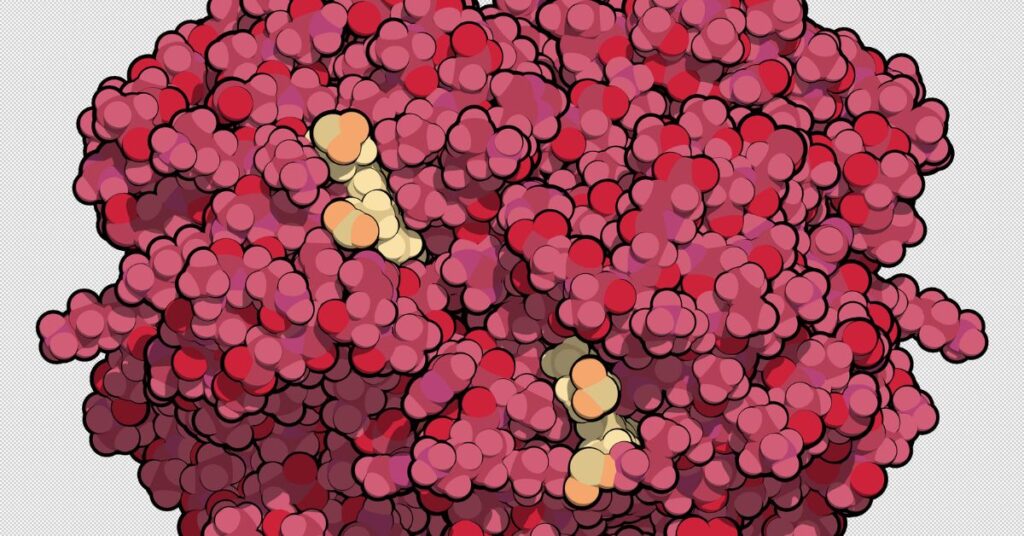
The specific properties and interactions of these ions with the porphyrin ring are what allow the four pyrrole rings each of each pigment to perform its unique function. Therefore, it is not possible to simply swap out the same elements in one ring for the same elements the other without disrupting the most fundamental function of the pigment.
Is chlorophyll similar to blood?
While chlorophyll and blood share some similarities in their ability to bind to metal ions, their functions and structures are quite different. Chlorophyll is primarily found in plants, algae, and some bacteria, where it plays a critical role in photosynthesis by capturing energy from sunlight. Blood, on the other hand, is found in vertebrates and is responsible for transporting oxygen from the lungs to the rest of the body.
The molecular structure of chlorophyll and blood is both similar structure also quite different, with chlorophyll containing a magnesium ion at its core and blood containing an iron ion. Therefore, while there are some similarities between the chlorophyll molecule and blood, they are ultimately distinct and serve very different functions.
What is the relationship between oxygen and carbon dioxide levels in the blood, and how do changes in one affect the other?
The relationship between oxygen and carbon dioxide levels in the blood is essential for proper bodily function. When oxygen is taken in through the lungs, it binds to hemoglobin in red blood cells and is transported throughout the body. Meanwhile, carbon dioxide is produced as a waste product of cellular respiration and is transported back to the lungs to be exhaled.
If oxygen levels in the blood decrease, the body compensates by increasing respiration and heart rate to increase oxygen intake. Conversely, if carbon dioxide levels in the blood increase, the body compensates by increasing respiration to exhale more carbon dioxide. This delicate balance between oxygen and carbon dioxide levels in human blood is necessary for maintaining optimal bodily function.
What is the relationship between hemoglobin and iron, and how does hemoglobin transports oxygen?
The relationship between hemoglobin and iron is central to its function as an oxygen transporter. Hemoglobin is a protein made up of four subunits, each of which contains a heme group at its core. The heme group contains an iron ion that can bind to oxygen.
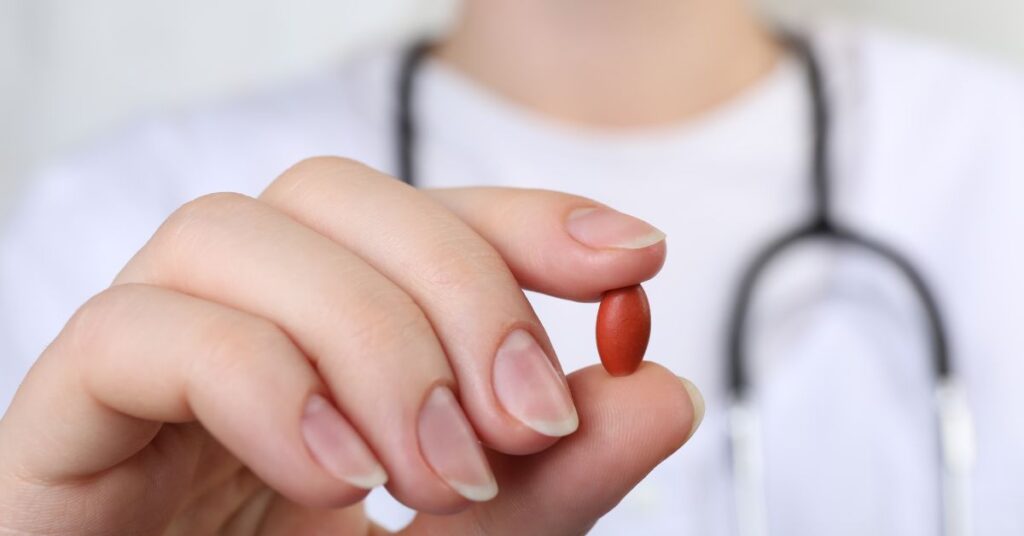
When oxygen enters the lungs, it binds to the iron ion in the heme group of hemoglobin, and is then transported to the rest of the body where it is released to fuel cellular respiration. This process is crucial for providing oxygen to all cells and tissues in the body, and without hemoglobin’s ability to bind to and transport oxygen, life as we know it would not be possible.
How do vertebrate red blood cells differ from those found in other organisms, such as insects or plants?
Vertebrate red blood cells differ from those found in other organisms in several ways. Firstly, vertebrate red blood cells are biconcave in shape, which increases their surface area and allows for efficient gas exchange. In contrast, the red blood cells of insects are oval-shaped, while those of plants lack nuclei and are much larger than vertebrate red blood cell.
Additionally, vertebrate red blood cells contain hemoglobin, which binds to and transports oxygen throughout the body. Insects, on the other hand, use a different protein called hemocyanin to transport oxygen, while plants rely on diffusion to transport gases. These differences highlight the diversity of adaptations that have evolved across different organisms to perform similar functions.
the power of chlorophyll – proven health benefits of chlorophyll – liver, cancer, skin and more
FAQs
Are chlorophyll and hemoglobin found in the same living organisms?
No, chlorophyll is found in plants, while hemoglobin is found in animals.
Can humans consume chlorophyll?
Yes, chlorophyll is available in supplement form and can be consumed by humans. It is believed to have various health benefits, such as improving digestion and reducing inflammation.
Can plants produce hemoglobin?
No, hemoglobin is found exclusively in animals and is not produced by plants.
Are there any other pigments that share similarities with chlorophyll and hemoglobin?
Yes, there are other pigments in plant and animal life that share similarities with chlorophyll and hemoglobin. For example, myoglobin is a pigment found in muscle tissue of animals that is also responsible for binding to and transporting oxygen.
Conclusion
While chlorophyll and hemoglobin may seem like very different plant pigments, they do share some important similarities. Both contain a metal ion at their core, are involved in energy transfer, and have a similar structure. Understanding these similarities can help us better appreciate the complexity and interconnectedness of plants and animals in the natural world.
